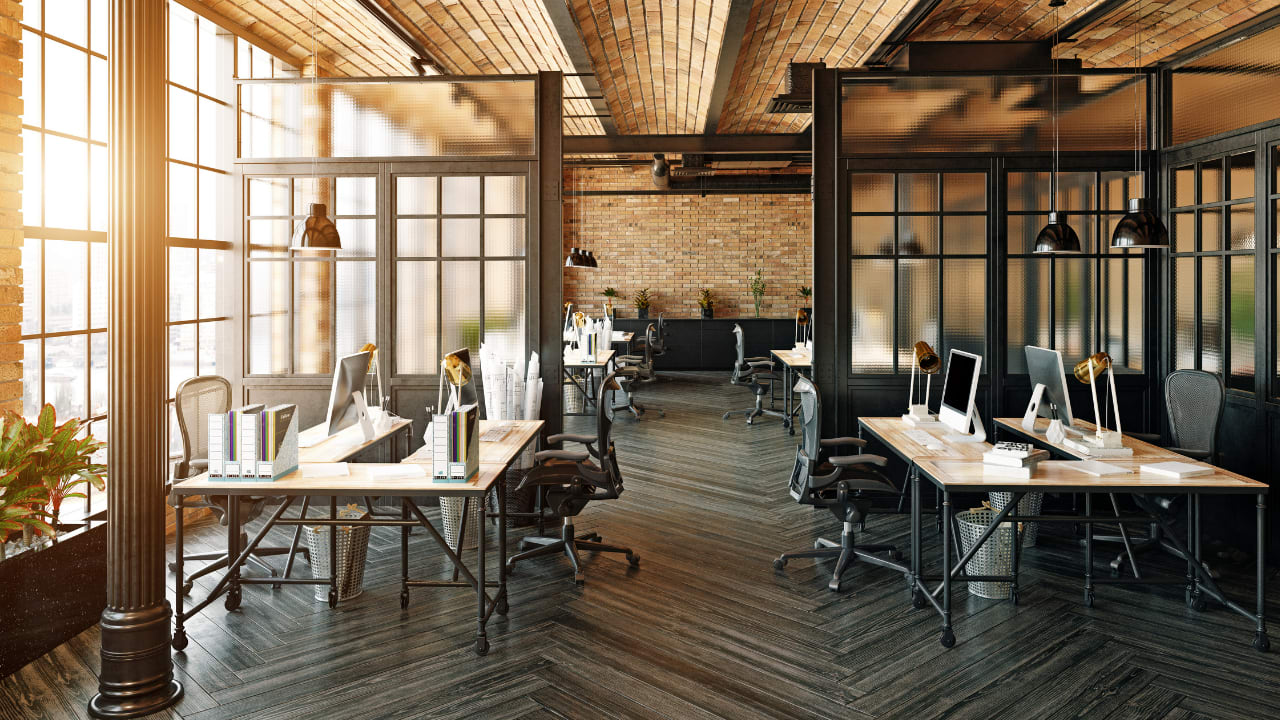Anyone paying attention to the landscape of office spaces over the past few years may have experienced slight whiplash.
Prior to the pandemic, companies raved about the benefits of tightly-packed shared workspaces that nurtured a unique collaborative environment.
Soon after, the health crisis forced companies to totally rethink what the purpose of the office actually was. Remote working reigned king for a while, but now the physical workspace will require a brand new outlook.
The needs of workers have changed completely. Although some organizations may continue to adopt fully remote work arrangements, the reality of the future of work is expected to be much more hybrid.
In fact, a Gallup poll showed that companies get the most out of their employees when they “orient performance management systems around basic human needs for psychological engagement — such as positive workplace relationships, frequent recognition, ongoing performance conversations and opportunities for personal development.”
Because of this, office design requires more than just productive spaces — these spaces should focus on the health and wellbeing of employees. That doesn’t mean a full return to the office, but instead offering workers a bigger voice in their preferred arrangements.


 Dr. Gleb Tsipursky – The Office Whisperer
Dr. Gleb Tsipursky – The Office Whisperer Nirit Cohen – WorkFutures
Nirit Cohen – WorkFutures Angela Howard – Culture Expert
Angela Howard – Culture Expert Drew Jones – Design & Innovation
Drew Jones – Design & Innovation Jonathan Price – CRE & Flex Expert
Jonathan Price – CRE & Flex Expert











